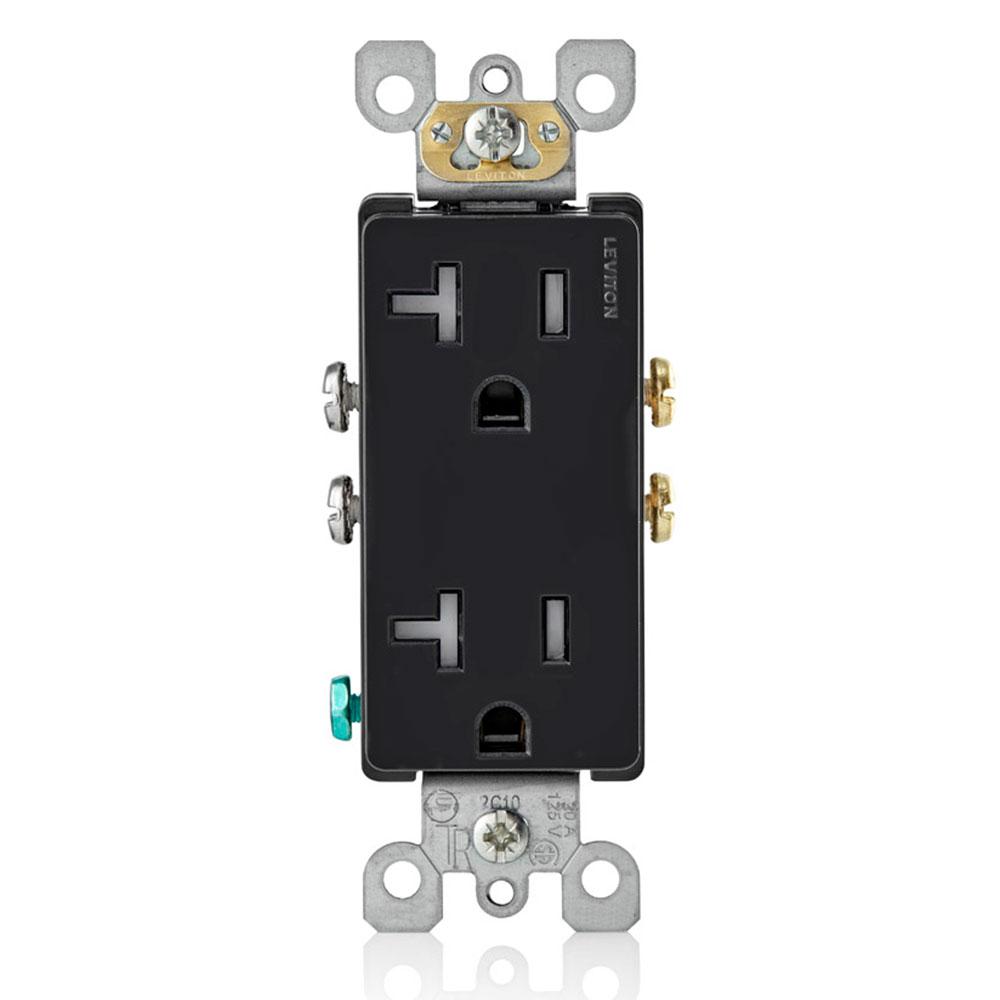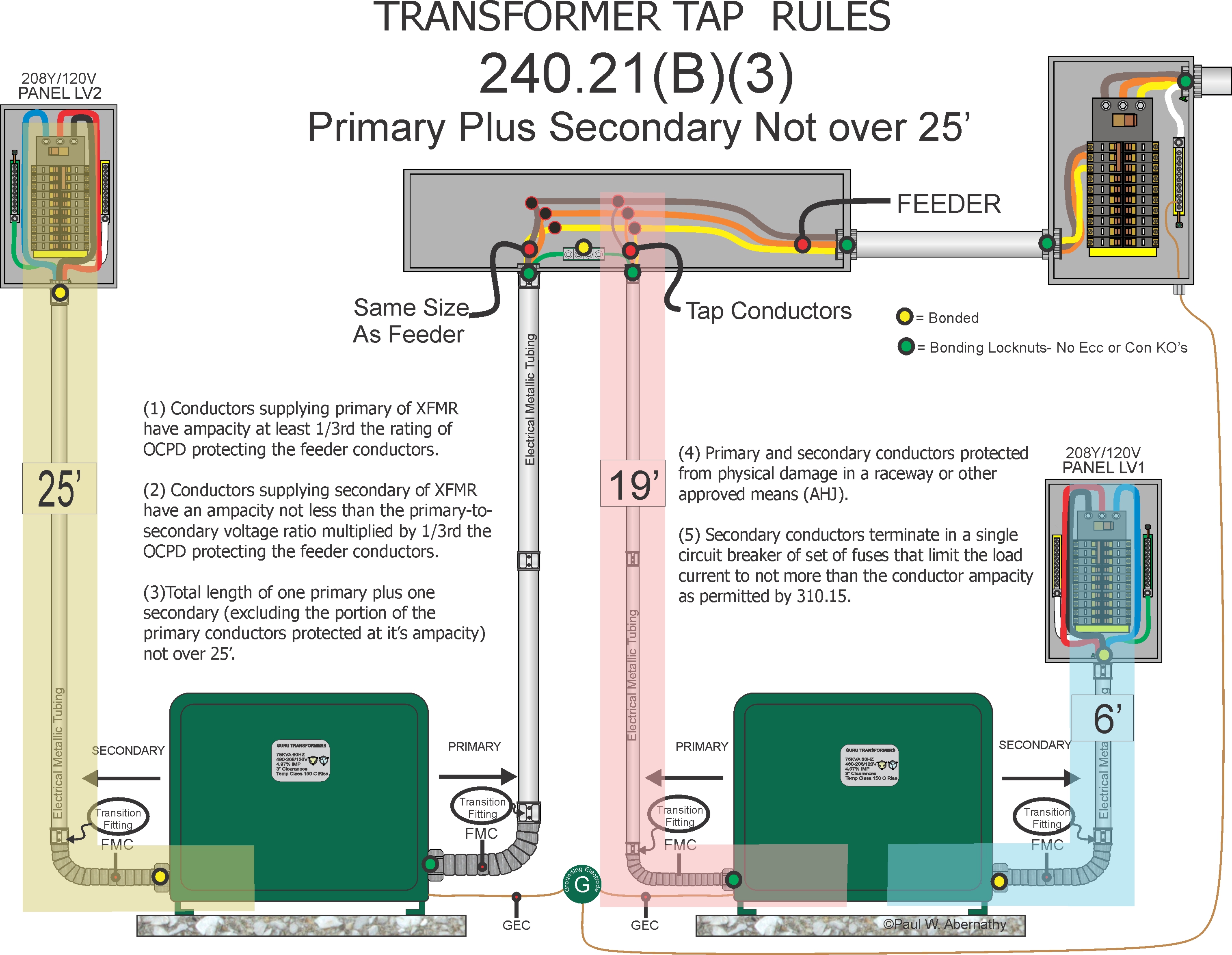

These new provisions also require switchboards, switchgear, and panelboards to have a short-circuit current rating not less than the available fault current. New requirements were added to Article 408 requiring available fault current and the date the calculation was performed to be documented and made available to the AHJ for switchboards, switchgear, and panelboards (other than dwelling units). 408.6 Short-Circuit Current Rating for Switchboards, Switchgear, and Panelboards Adjacent approved locations could include a prominently labeled notebook of circuit directories for adjacent panels that might even include graphics.

By only allowing the circuit directory on the face or inside of the panel door may cause some frustration due to a lack of space. The more detail that is provided in a circuit directory the better in terms of meeting safety objectives. Inside the lid of a panelboard is experiencing scarce real estate due to things like schematics, specifications and instructions, inspection stickers for many different permits and trades, arc-fault ratings, and lists of circuits controlled by energy management systems.
NEC RESIDENTIAL RECEPTACLE REQUIREMENTS PDF IMAGES CODE
Current Code text only permits the circuit directory to be located on the face or inside of the panel door in the case of a panelboard. Revisions are being proposed to allow the circuit directory for a panelboard to be located in an “approved location adjacent” to the panel door. Bathroom receptacle locations in dwelling unit bathroomsĤ08.4(A) Circuit Directory or Circuit Identification Consideration was also given to 552.41(F) for park trailers, which states the following: “A receptacle outlet shall not be installed in or within reach of a shower or bathtub space.” (See Figure 1.) Figure 1. In these cases, the receptacle outlet would be required to be installed on the farthest wall within the room that is opposite the bathtub rim or shower stall threshold. An exception would allow a receptacle outlet within this 900 mm (3 ft.) by 2.5 m (8 ft.) zone in smaller bathrooms where the proposed zone measurements could not be achieved due to limited space. This zone would be all-encompassing and include the space directly over the tub or shower stall. The new proposed language would prohibit receptacle outlets from being installed within a zone measured 900 mm (3 ft.) horizontally and 2.5 m (8 ft.) vertically from the top of the bathtub rim or shower stall threshold. New language has been proposed for this section dealing with receptacles similar to what is found at 410.10(D), which provides specific dimensions for electrical installations near bathtubs and shower stalls for luminaires, fans, etc. Some users of the Code consider this language vague, leading to confusion and varied interpretation. The 2017 NEC text in this section indicates that a receptacle outlet cannot be located “within or directly over a bathtub or shower stall.” What constitutes the bathtub or shower space? Is the bathtub space the outside dimensions of the tub or the inside of the tub? Does it mean the walls enclosing the tub or shower? Receptacle outlet(s) located in the area around a dwelling unit bathtub or shower stall have been revised to include a restricted “zone” similar to luminaires in said areas. 406.9(C) Bathtub and Shower Space Receptacles Dripping water or other unwanted objects could easily enter a receptacle outlet installed in the face-up position under a sink area.

Receptacle outlets are currently prohibited from being installed in a face-up position in or on countertop surfaces or work surfaces unless listed for countertop or work surface applications and in seating areas and other similar surfaces. New text is proposed that would prohibit receptacle outlets from being installed in a face-up position in the area below a sink. In this article, we will explore some of the more significant changes being discussed for Chapters 4–8 of the 2020 NEC. In the first part of this series, we looked at some of the more substantial changes being proposed for Chapters 1–3 of the 2020 National Electrical Code (NEC). Read Part 1Ĥ06.5(G)(2) Receptacle Orientation Under Sinks With that backdrop in mind, this article will look at some of the more noteworthy changes that are being proposed for the 2020 NEC.Įditor’s note: This is Part II of a two-part series. With changing technology and improving safety and work practices, it is imperative that the NEC evolves to engulf these innovative techniques. The Code is changed and updated every three years.

If you are involved with the electrical industry and the National Electrical Code (NEC), change in our world is inevitable.


 0 kommentar(er)
0 kommentar(er)
